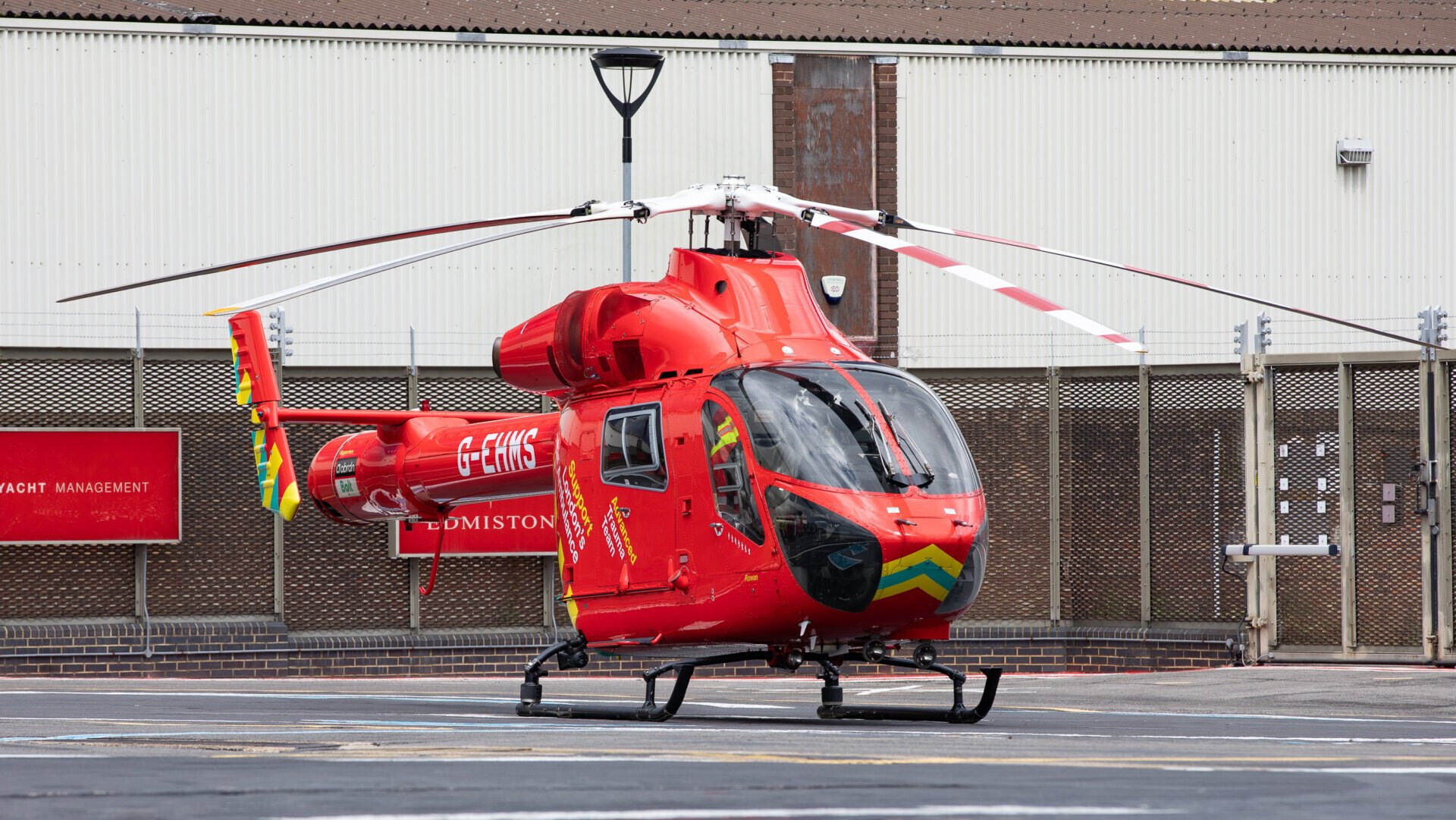Six motorcyclists rode into Death Valley National Park on July 6. Only five came out alive. With temperatures reaching 128 degrees Fahrenheit in California, the cyclists faced extreme heat exposure that killed one and sent another to a local hospital, according to the National Park Service.
When there’s a medical emergency like this, helicopters are typically dispatched to get people to a hospital. However, the extreme heat made it impossible for the helicopters to fly.
The next day, an emergency helicopter pilot in Stanford, California had to cancel a flight because the tarmac near a patient was too hot for him to land. As reported by The Washington Post on Wednesday, the pilot said he’d never seen temperatures this bad in his 27-year career.
Extreme heat, as many across the U.S. are experiencing this summer, can cause computer and mechanical systems on board helicopters to overheat and malfunction. But it’s not just a mechanical issue as air pressure is also a factor. Air expands when it’s hot and contracts when it’s cold. As it gets hotter outside, air pressure plummets. The air literally gets thin which means that spinning helicopter blades have less air to cut through and it’s harder for them to achieve lift. That makes it dangerous, and sometimes impossible, to fly.



You have to have wet bulb temperatures approaching body temperature for it to actually become lethal - you can still lose heat through perspiration if the humidity is not high enough.
Ambient temperatures of 36-37 C don’t immediately mean game over.
As long as you have enough water to keep sweating and you know, survive.
Naturally. If you don’t have enough water to sweat then you’re in trouble at pretty low temperatures in relative terms.